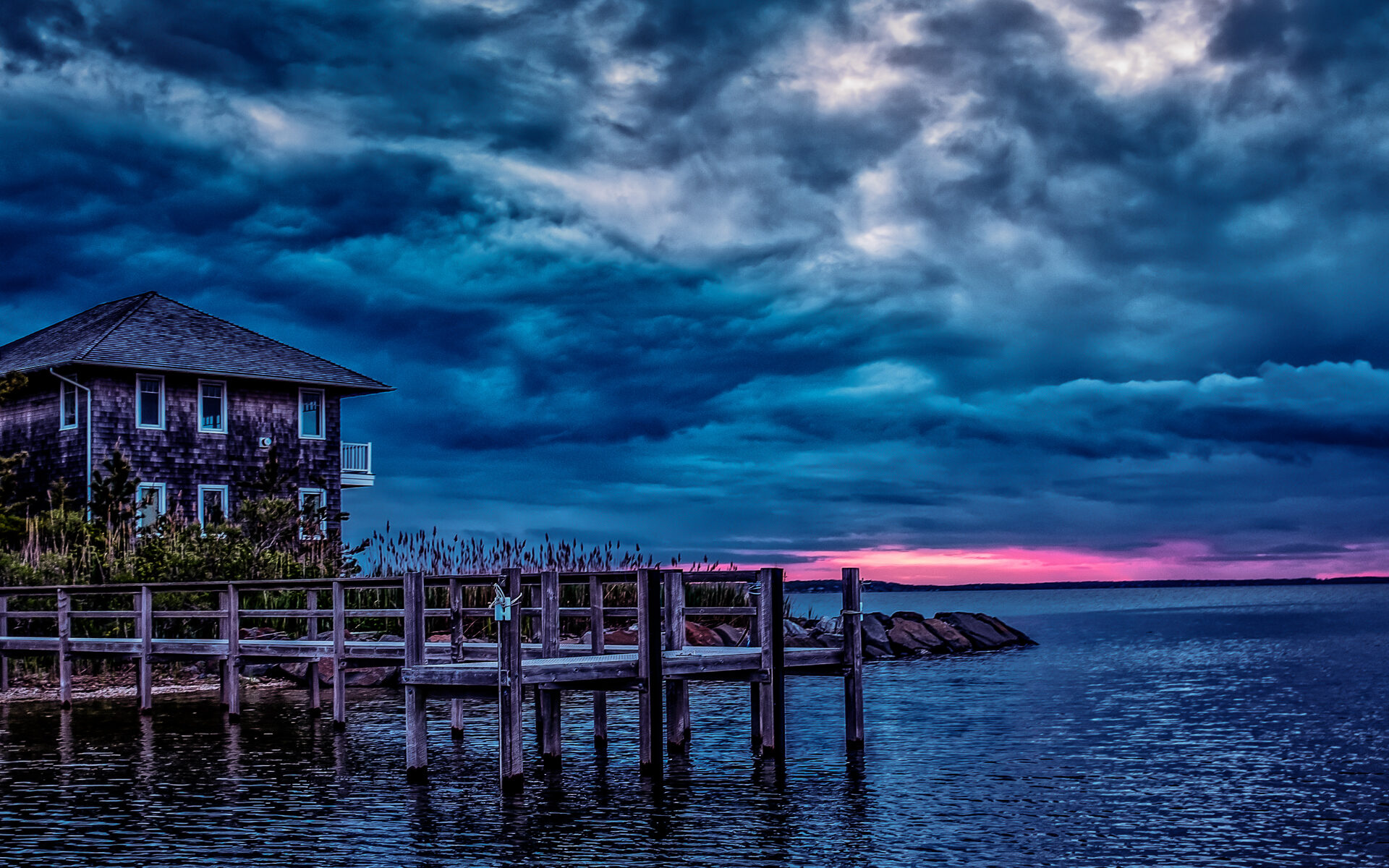I find that a lot of people don’t quite understand what color temperature is or why there are even settings for it.
The explanation is reasonably straight forward. It is a subject a photographer should understand and be able to manage.
The simplest place to start is thinking about the rainbow you see in the sky. This is a prismatic effect of sunlight on water droplets in the air and shows a spectrum of colors from the sun in the same way you would see a spectrum of colors from a prism created from a beam of sunlight. They key point here is that sunlight contains all of the colors of the rainbow, we need not get into the physics of how the light is displayed – just understand that sunlight has a rainbow of colors.
Now, the next thing to understand is that if you were to look at the colors that make up a tungsten or fluorescent light, or that of the light from your xenon strobe as broken up through the same prism – you would see that the color makeup of each of these is different. Each of the lights has a different color temperatures – or different quality of light. The definition of the color temperature is that of the aggregate color given off from a radiator at different temperatures. Fee free to read more about it in Wiki, but the idea is that different light sources have different color qualities.
Why do you care?
If all lighting in a photograph come from the same source type (all fluorescent, all strobe, etc.) then adjusting in the final image is not an issue. However, why this is an important topic is when illumination is mixed. How many people have seen pictures with green tints inside? How about overly yellow outside shots with a flash?
The human eye may not notice the subtleties of these color differences, but the sensor in a camera (or a piece of film) captures all of the image data.
For those of you that shoot in .jpg mode – you are allowing your camera to make decisions about color temperature. If you shoot in raw, you can select different color temperatures to manage how the image looks on the back of the camera (and in post), but you can always change this.
A real challenge is shooting in mixed light. The classic nightmare situation is a room with fluorescent lights and a wall of windows. Throw in a few incandescent lights – and boy will you have a problem figuring out how to adjust color balance.
A couple of methods I use when confronted by this…
When all else fails, go to B&W! I know this sounds like a cheat, but if proper colors matter to you, it is a huge challenge to process an image to get it to all look natural!
Use strobes – and gel them if needed. Either use enough strobe (off camera, of course!) to overpower the mixed ambient so your predominant light is now a known entity. Or, gel your strobes to match another light. Having a few CTO and CTG gels in your bag to try to match tungsten or fluorescent may help make an unworkable situation functional.


